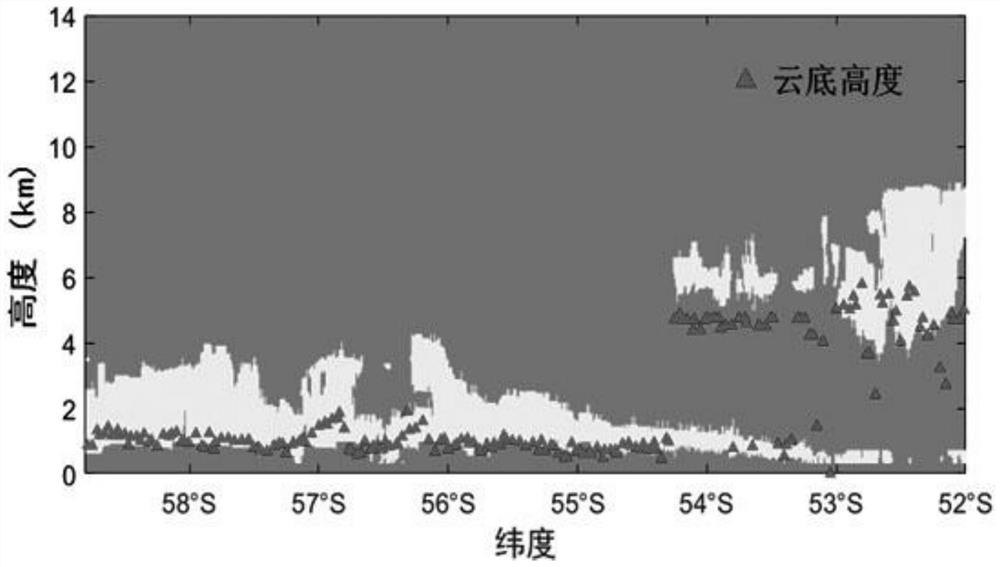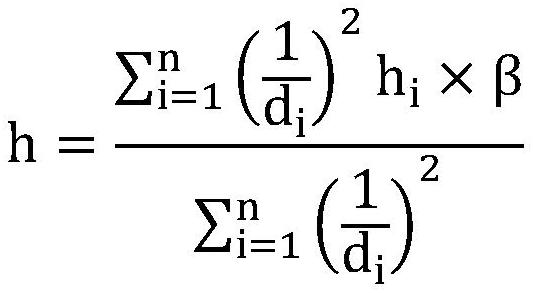Cloud base height inversion method based on satellite-borne multi-channel radiation imager
A technology of radiation imaging and cloud base height, applied in altitude/level measurement, instrumentation, mapping and navigation, etc., can solve problems such as limiting cloud base height scientific research and business applications, inversion errors, deviations, etc.
- Summary
- Abstract
- Description
- Claims
- Application Information
AI Technical Summary
Problems solved by technology
Method used
Image
Examples
specific Embodiment approach
[0044] (1) Establish a multi-layer cloud detection model. The model takes the radiation observation data of the spaceborne multi-channel radiation imager as the main input, and uses the cloud detection model based on random forest to divide the observed pixels into clear sky, single layer cloud and multi-layer cloud. There are three types of clouds. Random forest is the prior art, which will not be repeated in the present invention.
[0045] (2) For a single-layer cloud pixel, the cloud water path CWP is calculated from the cloud optical thickness and the cloud effective particle radius. The specific calculation formula is:
[0046] The object is water cloud: cloud water path = 2 / 3 * cloud optical thickness * cloud effective particle radius;
[0047] The object is ice cloud: cloud water path=0.065*cloud optical thickness^(1 / 0.84);
[0048] (3) Active remote sensing can measure accurate cloud height and cloud thickness, but the spatial coverage is limited. Passive remote sen...
PUM
 Login to View More
Login to View More Abstract
Description
Claims
Application Information
 Login to View More
Login to View More - R&D
- Intellectual Property
- Life Sciences
- Materials
- Tech Scout
- Unparalleled Data Quality
- Higher Quality Content
- 60% Fewer Hallucinations
Browse by: Latest US Patents, China's latest patents, Technical Efficacy Thesaurus, Application Domain, Technology Topic, Popular Technical Reports.
© 2025 PatSnap. All rights reserved.Legal|Privacy policy|Modern Slavery Act Transparency Statement|Sitemap|About US| Contact US: help@patsnap.com



